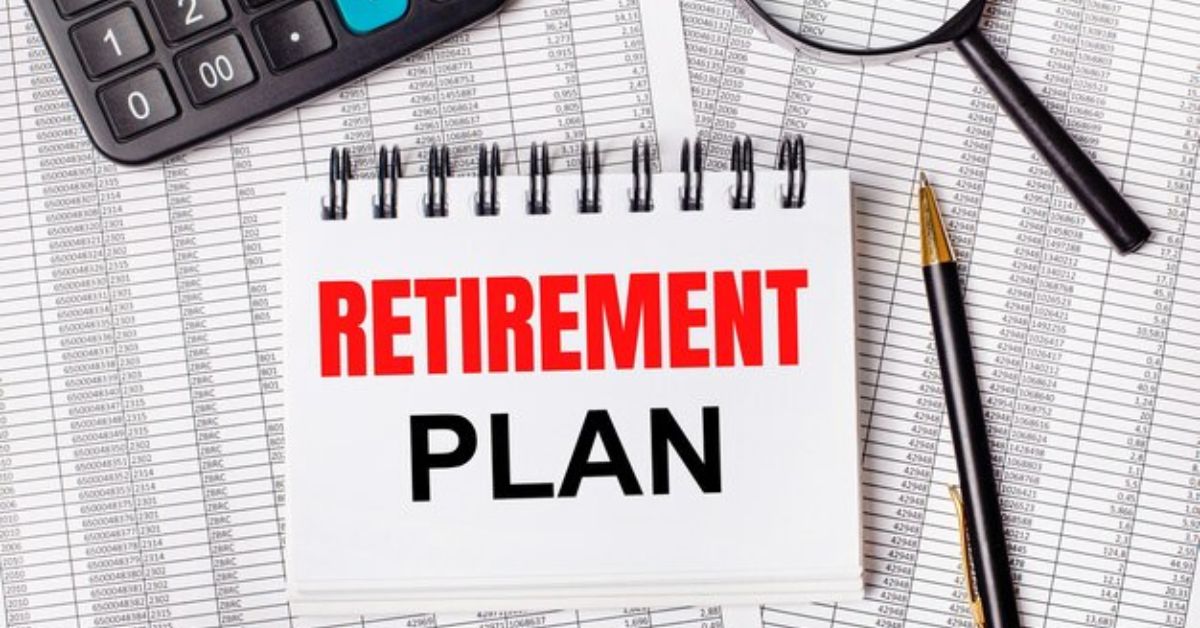Retirement planning is a critical aspect of financial security, and pension plans play a vital role in ensuring that employees have sufficient income during their post-work years. Clyde’s Pension Plan is one such program designed to provide financial support to employees after they retire. In this detailed article, we’ll break down what Clyde’s Pension Plan is, how it works, the benefits it offers, and why it is essential for employees looking to secure their financial future.
What is a Pension Plan?
Before diving into the specifics of Clyde’s Pension Plan, it’s important to understand what a pension plan is in general. A pension plan is a retirement plan that requires an employer to contribute to a pool of funds set aside for an employee’s future benefit. These funds are invested on the employee’s behalf, and upon retirement, the employee receives periodic payments, either in a lump sum or as regular disbursements. Pension plans provide a guaranteed income after retirement, helping retirees maintain a stable financial situation.
There are two main types of pension plans:
- Defined Benefit Plans: This plan guarantees a specific payout upon retirement, often based on salary and years of service.
- Defined Contribution Plans: The payout depends on contributions made and the performance of the investments made with those contributions.
Clyde’s Pension Plan is typically structured as a defined benefit plan, ensuring employees know exactly what they can expect when they retire.
The Purpose of Clyde’s Pension Plan
The primary purpose of Clyde’s Pension Plan is to help employees accumulate sufficient financial resources for their retirement. Unlike personal retirement savings accounts, a pension plan is managed by the company and designed to provide a predictable income after retirement, allowing employees to focus on their work without worrying about their post-retirement financial security.
Through regular contributions from Clyde (the employer) and, in some cases, from employees, the pension plan builds a financial safety net for workers to rely on when they are no longer earning a regular income from employment.
How Does Clyde’s Pension Plan Work?
It operates under the defined benefit model, meaning that employees are guaranteed a specific amount of income once they reach retirement age, regardless of how the investments performed. This type of plan is particularly advantageous for employees who desire a stable and predictable retirement income.
Step 1: Contribution
The funding of Clyde’s Pension Plan begins with contributions made by the company. These contributions are typically calculated as a percentage of the employee’s salary and are set aside in a pension fund. In some cases, employees may also contribute a portion of their salary to the fund. Clyde’s Pension Plan is structured so that employees may not have to contribute unless they choose to do so.
Step 2: Investment
Once the contributions are made, the pension funds are invested in a diversified portfolio that typically includes stocks, bonds, and other assets. These investments grow over time, and the returns help ensure the pension fund remains adequately financed to meet its future obligations. A professional investment manager usually oversees these investments to maximize returns while managing risk.
Step 3: Accumulation of Benefits
The longer an employee works for Clyde, the more benefits they accumulate under the plan. Typically, Clyde’s Pension Plan uses a formula that factors in the number of years an employee has worked for the company and their salary during that time. This means that employees who stay with the company longer and earn higher salaries are likely to receive larger pension benefits upon retirement.
Step 4: Retirement and Payout
Upon reaching the retirement age specified by Clyde’s Pension Plan (usually 65 years old, though it can vary), employees become eligible to start receiving their pension payments. The amount of these payments is based on the plan’s formula, which considers factors such as years of service, final salary, and the plan’s rules. Employees can choose to receive their pension in a lump sum or as regular monthly payments for the rest of their lives.
The Benefits of Clyde’s Pension Plan
Clyde’s Pension Plan offers numerous advantages that contribute to the financial well-being of employees after they retire. These benefits make the plan an attractive feature of employment at Clyde and provide peace of mind to employees.
Guaranteed Income
One of the most significant benefits of Clyde’s Pension Plan is the guarantee of a regular income during retirement. This is particularly important because it helps retirees plan for their future expenses without the fear of running out of money. Unlike other retirement savings options, like a 401(k) or an IRA, which can fluctuate based on market conditions, a defined benefit pension plan guarantees a set income, offering stability and predictability.
Employer Contributions
Clyde’s Pension Plan is primarily funded by employer contributions, meaning employees can build a retirement fund without having to contribute a large portion of their own income. While some pension plans require employee contributions, Clyde’s plan ensures that the employer shoulders the majority of the financial responsibility, allowing employees to save more for other financial goals.
Protection from Market Risk
Another advantage of Clyde’s Pension Plan is the protection it offers from market volatility. Because the employer is responsible for ensuring that there are sufficient funds to meet the plan’s obligations, employees are not directly affected by the ups and downs of the stock market. This feature makes the pension plan a safer and more reliable option compared to other retirement accounts that are subject to market fluctuations.
Financial Security for Spouses
Many pension plans, including Clyde’s Pension Plan, offer options for spousal benefits. This means that in the event of the employee’s death, their spouse can continue to receive a portion of the pension benefits. This provides an extra layer of financial security for the retiree’s family and helps ensure that surviving spouses are not left without a source of income.
How to Qualify for Clyde’s Pension Plan
To qualify for Clyde’s Pension Plan, employees typically need to meet certain criteria, including length of service and age requirements. Here’s a breakdown of the typical qualifications:
- Length of Service: Employees often need to work for Clyde for a minimum number of years to become eligible for the pension plan. This period, known as the vesting period, usually ranges from three to five years. Employees who leave the company before meeting the vesting requirements may not be entitled to receive full pension benefits.
- Retirement Age: Most pension plans specify a normal retirement age, usually around 65 years old, at which employees can begin receiving full benefits. However, some plans allow for early retirement with reduced benefits.
- Active Participation: Employees must actively participate in the pension plan during their employment. This typically means staying employed at Clyde and contributing to the pension fund (if required by the plan). Participation ensures that employees continue to build their pension benefits throughout their careers.
Managing Clyde’s Pension Plan
Managing a pension plan like Clyde’s requires regular oversight and planning. Both the company and employees should be aware of the current status of the pension fund to ensure that it remains solvent and capable of meeting future obligations.
Regular Funding
Clyde’s Pension Plan requires regular contributions to keep the pension fund well-capitalized. The company is responsible for ensuring that it makes these contributions on schedule and that the fund is adequately funded to meet future pension obligations.
Plan Adjustments
Over time, changes in economic conditions or business performance may require adjustments to the pension plan. Clyde’s management might need to make changes to contribution levels, retirement age, or benefit formulas to maintain the plan’s financial health. Employees should stay informed of any updates to the plan that could affect their benefits.
Employee Involvement
Employees should also take an active role in managing their pensions by staying informed about their benefits, ensuring that their records are accurate, and understanding how the pension plan fits into their overall retirement strategy. Periodic review of the pension plan’s documentation, attending informational sessions, and asking questions are all essential steps to ensure that employees fully understand their pension benefits.
Conclusion
Clyde’s Pension Plan is a valuable tool for employees looking to secure a stable financial future during retirement. With its defined benefit structure, employer contributions, and guaranteed income, it provides a reliable source of post-retirement income that is insulated from market risk. Understanding how the plan works, qualifying for it, and maximizing its benefits are crucial for employees who want to ensure financial security after they leave the workforce.
By actively participating in the pension plan, keeping informed about its status, and planning for the future, Clyde’s employees can enjoy a comfortable and secure retirement.











